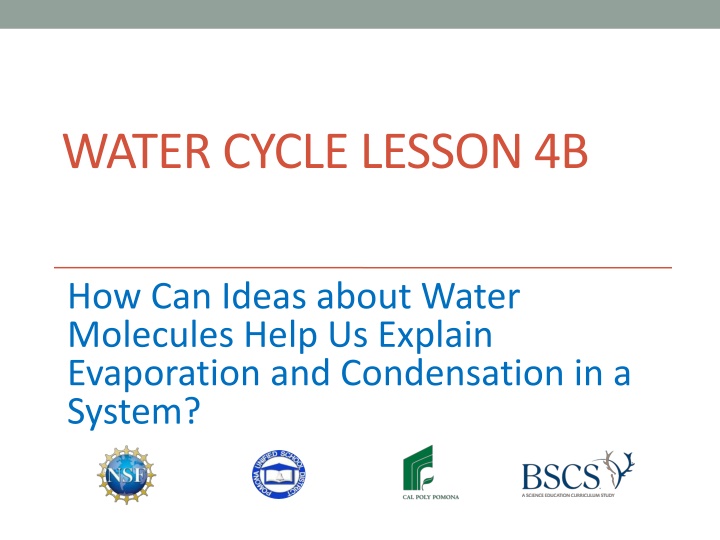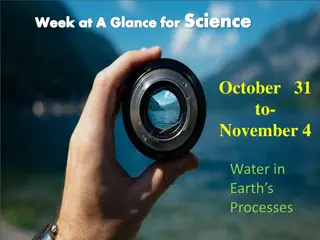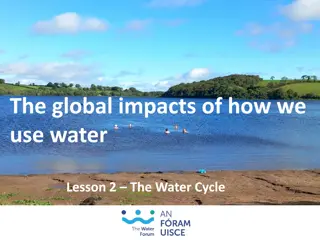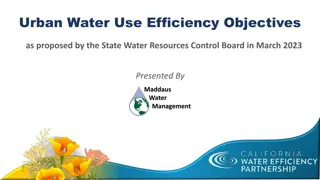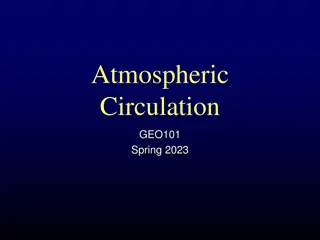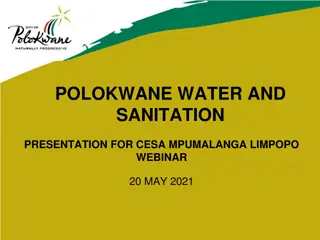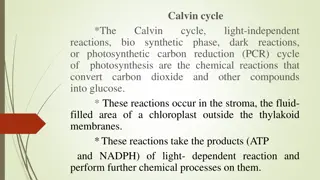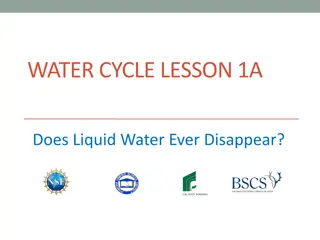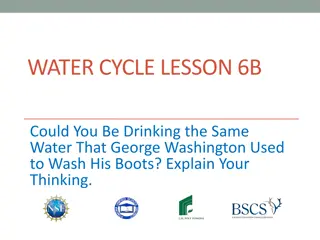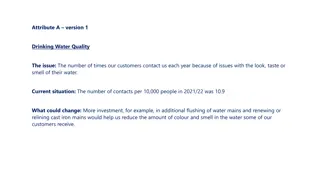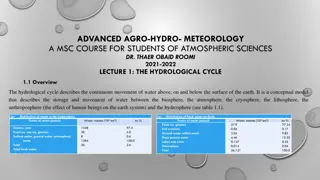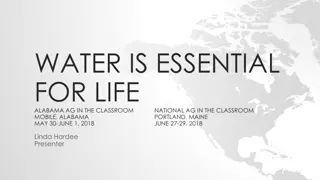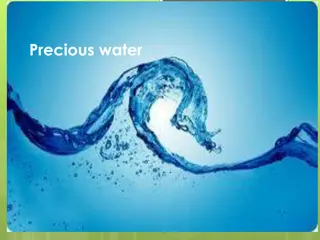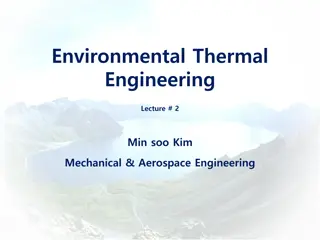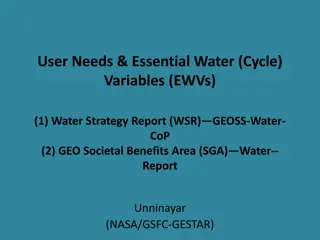WATER CYCLE LESSON 4B
How ideas about water molecules can elucidate processes like evaporation and condensation in a system. Engage in a hands-on activity to observe and analyze water state changes, facilitating a deeper understanding of these phenomena.
Download Presentation

Please find below an Image/Link to download the presentation.
The content on the website is provided AS IS for your information and personal use only. It may not be sold, licensed, or shared on other websites without obtaining consent from the author.If you encounter any issues during the download, it is possible that the publisher has removed the file from their server.
You are allowed to download the files provided on this website for personal or commercial use, subject to the condition that they are used lawfully. All files are the property of their respective owners.
The content on the website is provided AS IS for your information and personal use only. It may not be sold, licensed, or shared on other websites without obtaining consent from the author.
E N D
Presentation Transcript
WATER CYCLE LESSON 4B How Can Ideas about Water Molecules Help Us Explain Evaporation and Condensation in a System?
Yesterdays Focus Question How can ideas about water molecules help us explain evaporation and condensation?
Todays Focus Question How can ideas about water molecules help us explain evaporation and condensation in a system?
Thinking about Water Changes in a System Work on these three questions with a partner: 1. What s happening in the flask? 2. What s happening in the aquarium tubing? 3. What s happening at the end of the setup where the test tube is?
Thinking about Water Changes in a System Make these changes on your handout diagram of the water-changes system: 1. Label where the different states of water occur. 2. Draw 6 to 8 water molecules representing each of the states you labeled. 3. Label all the places where evaporation and condensation must be happening.
What Happened? Let s talk about what happened in the water- changes system. During our discussion, follow these steps: 1. Share your ideas. 2. Listen to others: Do you agree or disagree? Can you add on? Do you have any questions? 3. Make changes to your diagram in a new color ink or pencil.
Checking Our Understanding 1. Where should we label things as liquid or water vapor (gas)? 2. Where is evaporation occurring? 3. What happens to water molecules during evaporation? 4. Where is condensation occurring? 5. What happens to water molecules during condensation? 6. Where are water molecules gaining or losing energy? Where is water being heated or cooled?
More Questions about the Water-Changes System What do you notice about the water level in the flask? What does that mean? What happened? Did the water disappear? If we pour the water from the test tube back into the flask, will the water level come back up to the original line? Why or why not?
Lets Summarize! Use at least 3 of the following words to explain something that happened in our water-changes system: Liquid water Water vapor (gas) Molecules Gain energy Lose energy Evaporation Condensation
Answering Our Focus Question How can ideas about water molecules help us explain evaporation and condensation in a system? During evaporation, molecules in the liquid state gain energy, move faster, and escape into the air as water vapor (a gas). During condensation, water-vapor molecules lose energy, slow down, and join together to form liquid-water droplets. We saw that both of these processes can occur in one system.
Next Time Tomorrow we ll use these new ideas to explain what we observe in some everyday situations.
